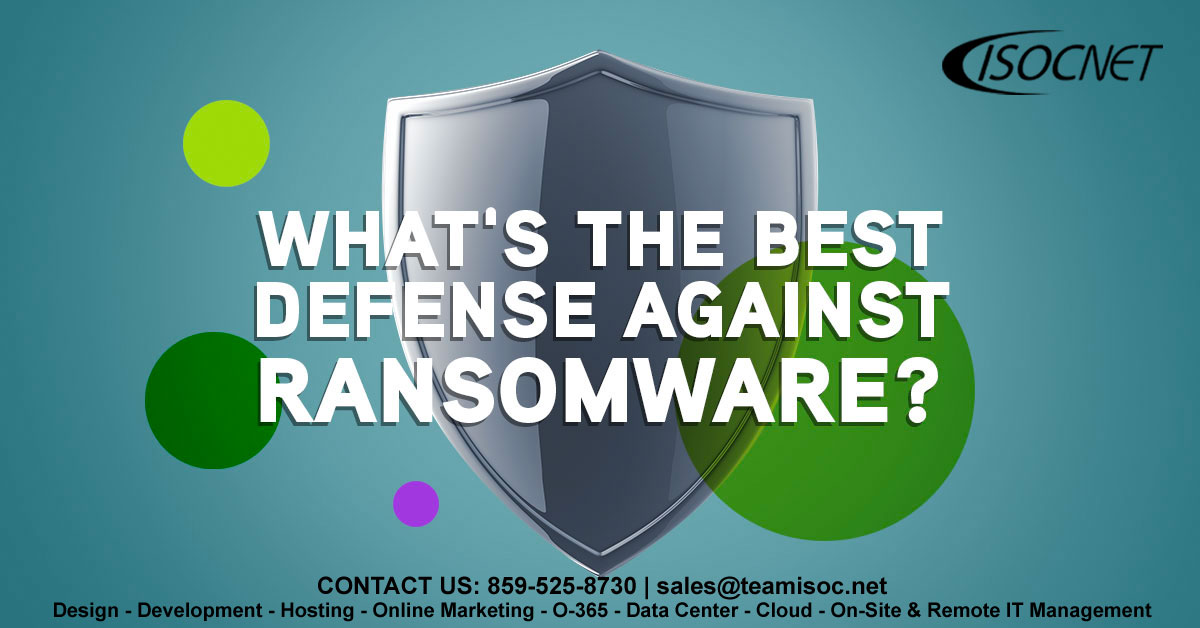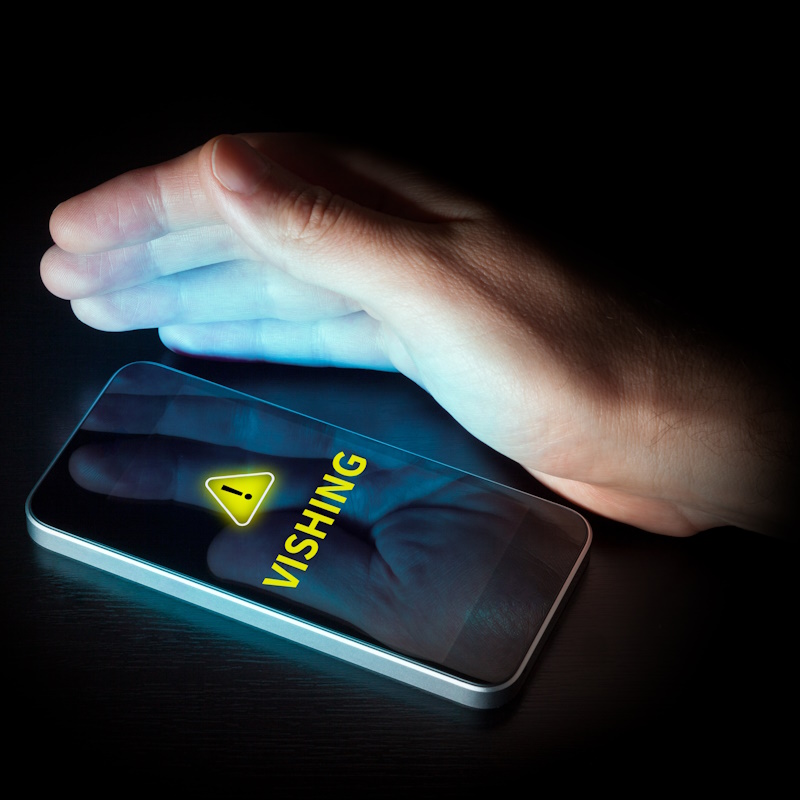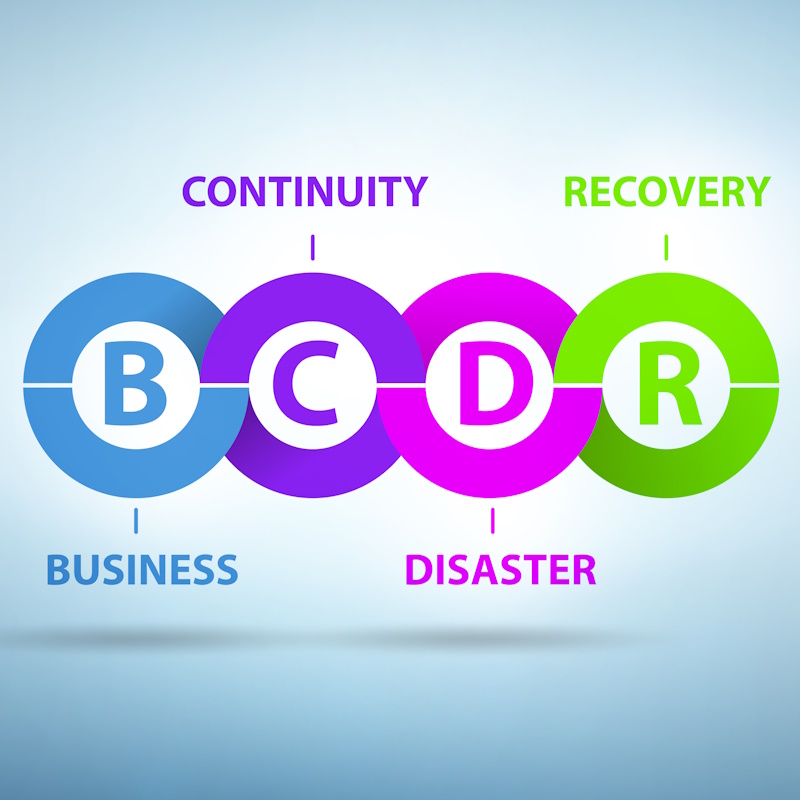Recent Posts
Categories

Ransomware attacks are on the rise, and businesses of all sizes are at risk. The costs of a ransomware attack can be significant, including lost productivity, reputational damage, and financial losses. As a business owner, it’s crucial to take steps to protect your organization against these types of attacks.
Here are some of the best defense strategies against ransomware:
Educate Your Employees
Your employees are your first line of defense against ransomware attacks and often your biggest vulnerability. Make sure they are aware of the risks and the steps they can take to prevent an attack. Educate them about how to identify suspicious emails or attachments, and encourage them to report any suspicious activity. Make it easy with our Security and Awareness Training Program. We set up it, we keep the content up to date, we deploy it on a set schedule, so your employees participate and you get the reports.
Keep Your Software Up to Date
Outdated software will leave your systems vulnerable to ransomware attacks. Make sure you regularly update your operating systems, software applications, and antivirus software to the latest versions. It is best to set up automatic up dates for laptops, workstations, and servers.
Back Up Your Data
Regular data backups can help you recover from a ransomware attack with minimal disruption. It may even allow to to get restore infected data without paying. But, first, make you find out how the ransomware got on your systems, and add security to prevent it from happening a second time. Back up your data regularly and store it offsite or in the cloud to ensure that you have a secure copy of your data in case of an attack. Cybercriminals are getting more sophisticated and attacking backup system, so make sure your backups are ransomware proof. In many cases cybercriminals can be on your network for months and the infection can be dormant while hackers plant bombs all over your network.
Use Multi-Factor Authentication
Multi-factor authentication adds an extra layer of security to your systems by requiring users to provide additional information to log in. This can help prevent unauthorized access and reduce the risk of a ransomware attack.
Implement Security Controls
Implement security controls, such as firewalls and intrusion detection systems, to monitor your systems for suspicious activity. This can help you detect and prevent an attack before it causes significant damage.
Develop an Incident Response Plan
Develop an incident response plan that outlines the steps your organization will take in case of a ransomware attack. This can include procedures for data recovery, communication with stakeholders, and reporting the attack to law enforcement. This will not only speed up your recover, but ensure you add measures to detect and protect your business in the future.
The more security layers you can add on your systems, the better protected you are. So, some additional protections against ransomware can also include:
- Anti-phishing Services
- Vulnerability Scanning
- Endpoint Detection and Response
- Internet Filtering Services
- Network Monitoring
- Network Segmentation
- Identity and Access Management
- Use a Password Manager & Enforce Strong Password Policies
- Have an Internet Policy for Internet Connected Devices
In conclusion, ransomware attacks can have devastating effects on businesses of all sizes. By implementing the best defense strategies, you can help protect your organization against these types of attacks. Educate your employees, keep your software up to date, back up your data, use multi-factor authentication, implement security controls, a develop an incident response plan to prepare for a potential attack, and continuously evaluate and layer up your security. By taking these steps, you can reduce the risk of a ransomware attack and ensure that your business is prepared to recover quickly and minimize the damage.



